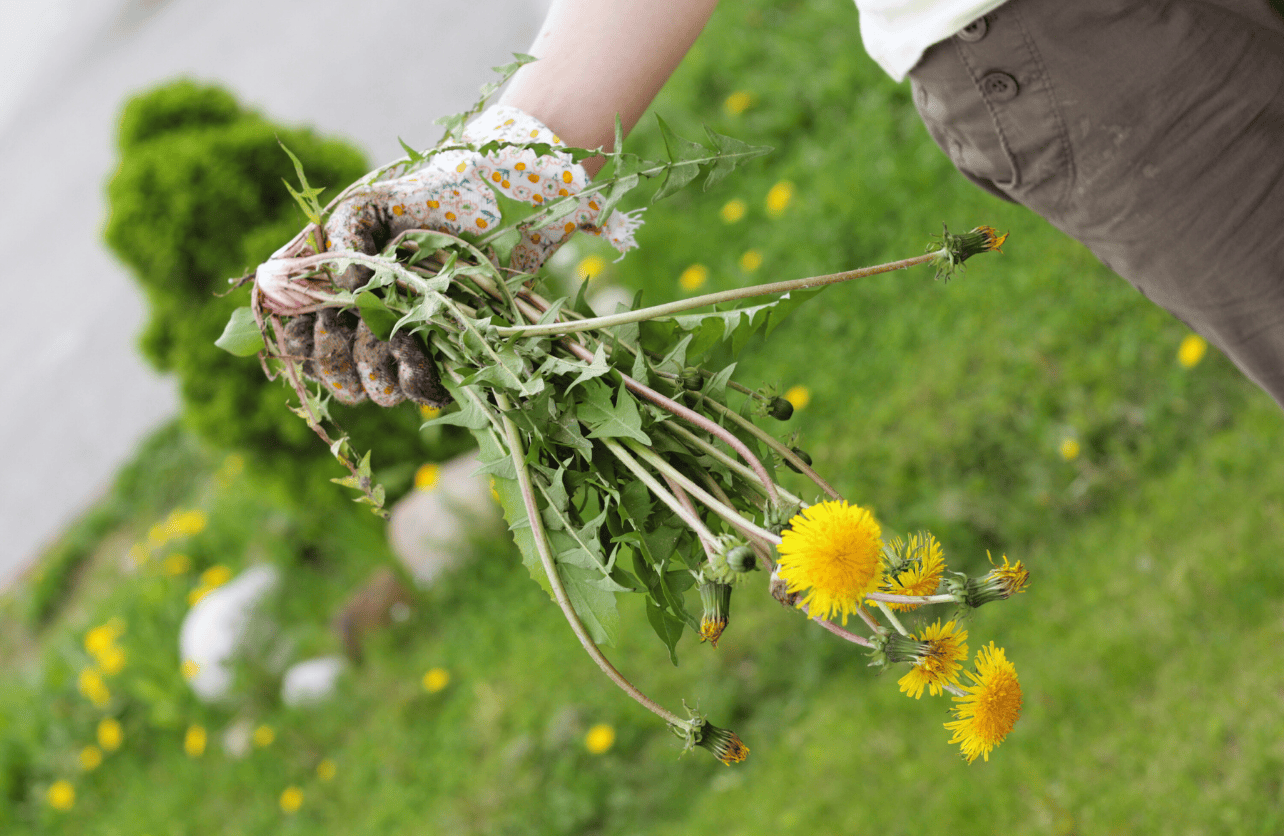Best Way to Snuff Out Weeds in Your Flower Bed

A flourishing flower bed can be the crown jewel of your garden, adding color and life to your outdoor space. However, weeds can quickly turn this beautiful sight into a tangled mess, competing with your flowers for nutrients, water, and sunlight. Controlling weeds is essential to maintain the health and appearance of your flower bed. This article explores the best ways to snuff out weeds effectively, ensuring your flowers thrive.
Understanding Weeds and Their Impact
Before tackling weeds, it’s important to understand why they pose a problem:
- Competition: Weeds vie for the same resources as your flowers, which can stunt growth and reduce blooms.
- Invasiveness: Some weeds spread rapidly, overtaking your flower bed.
- Disease and Pests: Weeds can harbor diseases and pests that may transfer to your plants.
- Aesthetics: Weeds detract from the visual appeal of your garden.
Effective Strategies to Eliminate Weeds
1. Mulching: A Protective Barrier
Benefits:
- Suppresses weed growth by blocking sunlight.
- Retains soil moisture.
- Regulates soil temperature.
Types of Mulch:
- Organic Mulch: Wood chips, bark, straw, grass clippings, or shredded leaves enrich the soil as they decompose.
- Inorganic Mulch: Gravel, stones, or landscape fabric provide long-lasting weed suppression without decomposing.
Application Tips:
- Apply a 2-3 inch layer of mulch around your plants, avoiding direct contact with stems to prevent rot.
- Replenish organic mulch annually as it breaks down.
2. Hand Weeding: The Tried-and-True Method
Benefits:
- Removes weeds completely, including roots.
- Minimizes soil disturbance when done carefully.
Techniques:
- Timing: Weed after rain or watering when the soil is moist, making it easier to pull out entire plants.
- Tools: Use a hand trowel, weeding fork, or hoe for deep-rooted weeds.
- Consistency: Regular weeding prevents weeds from seeding and spreading.
3. Weed Barriers: Blocking Weeds from the Start
Landscape Fabric:
- Placed over the soil before planting.
- Allows water and air penetration but blocks weed growth.
- Cover with mulch for aesthetic appeal and additional protection.
Tips:
- Cut slits or holes for your plants.
- Secure the fabric to prevent shifting.
Considerations:
- May hinder the spread of desirable plants.
- Organic matter can accumulate on top, allowing weeds to grow over time.
4. Proper Planting Techniques: Crowding Out Weeds
Dense Planting:
- Space plants closer together to shade the soil.
- Reduces space and light available for weeds to grow.
Ground Covers:
- Plant low-growing, spreading plants that cover bare soil.
- Examples include creeping thyme, sedum, or vinca minor.
5. Applying Herbicides: Chemical and Organic Options
Organic Herbicides:
- Vinegar-Based Solutions: Effective on young weeds; higher acetic acid concentrations work better.
- Corn Gluten Meal: Acts as a pre-emergent, preventing seed germination.
Chemical Herbicides:
- Selective Herbicides: Target specific types of weeds (broadleaf or grassy).
- Non-Selective Herbicides: Kill all plants they contact; use with caution.
Application Guidelines:
- Read Labels Carefully: Follow instructions for safe and effective use.
- Protect Desirable Plants: Use shields or apply with a weed sprayer carefully to avoid contact.
- Timing: Apply during calm weather to prevent drift.
Safety Precautions:
- Wear protective clothing: gloves, long sleeves, and eye protection.
- Keep pets and children away from treated areas until safe.
6. Natural Remedies: Home Solutions
Boiling Water:
- Pour directly over weeds to scald and kill them.
- Effective for weeds in cracks or non-planted areas.
Salt Solutions:
- Mix salt with water and apply to weeds.
- Caution: Salt can damage soil health and should be used sparingly.
Homemade Vinegar Sprays:
- Combine vinegar, salt, and dish soap.
- Effective on young weeds but may require repeated applications.
Limitations and Cautions:
- Natural remedies may not be as potent as commercial herbicides.
- Potential to harm surrounding plants and soil if not used carefully.
Preventing Future Weed Growth
Regular Maintenance
- Routine Inspection: Regularly check your flower bed for new weeds.
- Early Removal: Remove weeds while they are small and before they set seed.
Pre-Emergent Herbicides
- Function: Prevent weed seeds from germinating.
- Application: Apply in early spring and fall before weeds emerge.
- Compatibility: Ensure it’s safe for use around your specific flowers.
Soil Health Improvement
- Composting: Enrich soil with compost to encourage strong plant growth.
- pH Balance: Test soil pH; some weeds thrive in specific pH conditions.
Edge Control
- Physical Barriers: Install edging materials to prevent grass and weeds from encroaching.
- Trenching: Create a shallow trench around the bed to stop weed spread.
Summing Up
Weeds are an inevitable part of gardening, but with the right strategies, you can effectively snuff them out and maintain a beautiful, healthy flower bed. Combining mulching, regular hand weeding, proper planting techniques, and selective use of herbicides will give you the upper hand against weeds. Remember that consistency is key—regular maintenance not only removes existing weeds but also prevents new ones from taking hold. By investing time and effort into weed control, you’ll enjoy a thriving garden that showcases your flowers at their best.